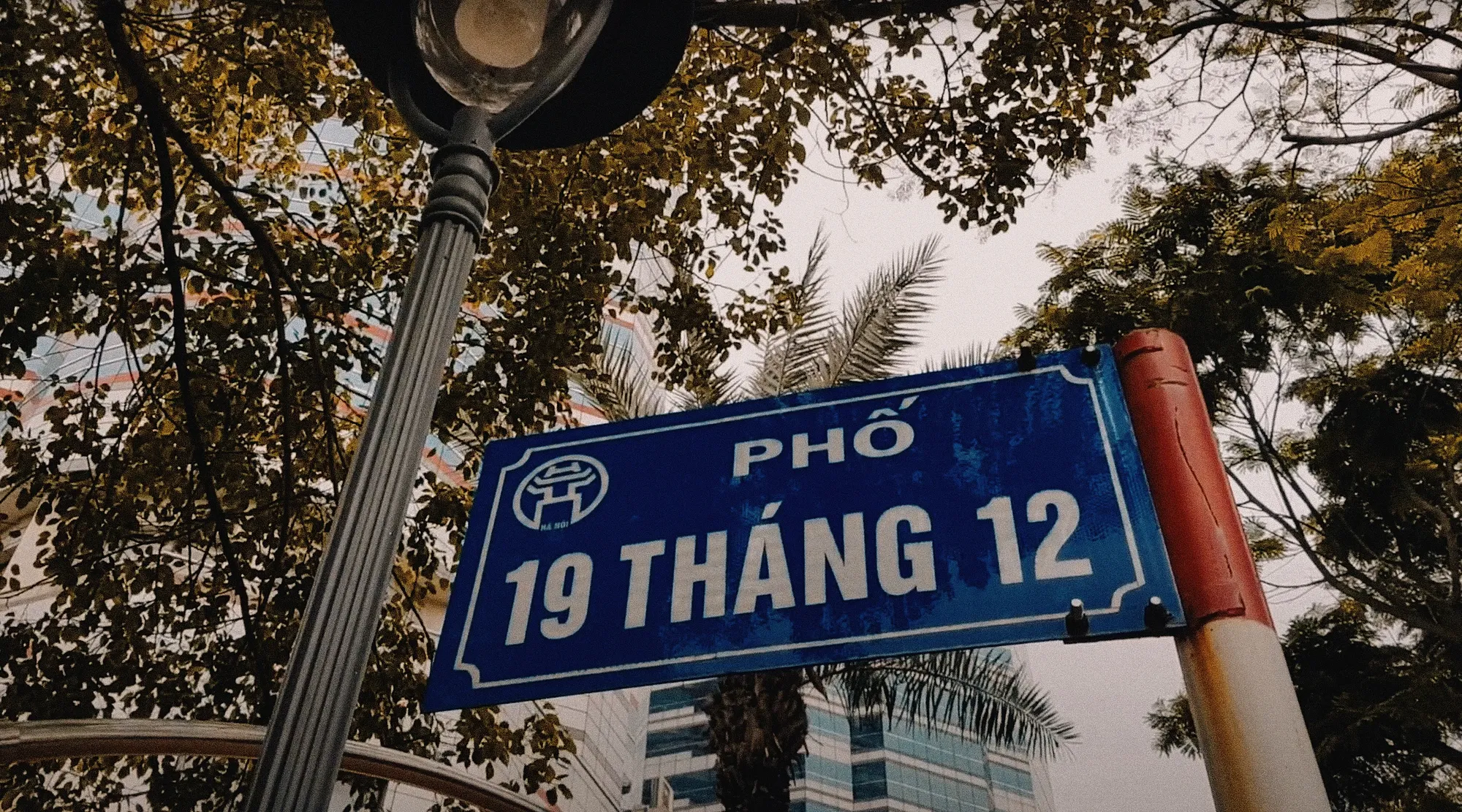Bac Kan Province in northern Vietnam is the country’s least-populous locality, with just over 300,000 people, but it has an abundance of metal veins, the mining of which dominates the local economy.
This collection of rare photos was captured in 1927 by an unknown French photographer, showing the strenuous mining activities at the Cho Dien Mine undertaken by indigenous laborers, at the expense of their health, to enrich the colonial administration.

Carts filled to the brim with ore are pushed by laborers to a gathering point.
While certain machines were employed during the process, the majority of steps required direct manpower, mainly from Vietnamese workers, who had to push the mine carts, use hammers to extract ore and send them to smelters.
The interplay between man and nature, the colonizer and the colonized, the gazer and the gazed provides a fascinating subtext to these seemingly documentary photos. One image shows a group of French engineers smiling while posing on mine carts, obviously comfortable with the camera's gaze; whenever Vietnamese laborers, who are strangers to the advent of photography, are captured on camera, there’s a visible wariness at being observed.

French engineers pose for a photo.
Today, Bac Kan has 273 mines extracting some 24 types of minerals and metals. The most voluminous are those carrying lead, zinc and manganese. It’s estimated that from 2004 to 2018, mining accounted for around 50% of the province’s total industrial production.
Most of the zinc mines depicted in the photos still exist today right on the bank of the Ban Thi Stream, so their hazardous effects on the local population have been in place for almost a century. According to Cong An Nhan Dan, heavy metal poisoning, especially lead, is a common ailment plaguing Ban Thi residents.

The main compound of the mining operation.

Outdoor facilities.

Large swaths of a mountain are flattened.

The living quarters of the staff.

Railway tracks through the mountain.

A section of the track beside the Ban Thi Stream.

Laborers prepare carts.

Vietnamese women breaking down rocks containing ore.

The rocky cliffs beside a mine.

Ores are sorted and placed in piles.

Rinsing the ore.

A cable system transporting the products.

The system controlling the cable cars.

Outside the smelters.

Resting at a market.

Locals gather for a market session.

A flattened section of a mountain.
















